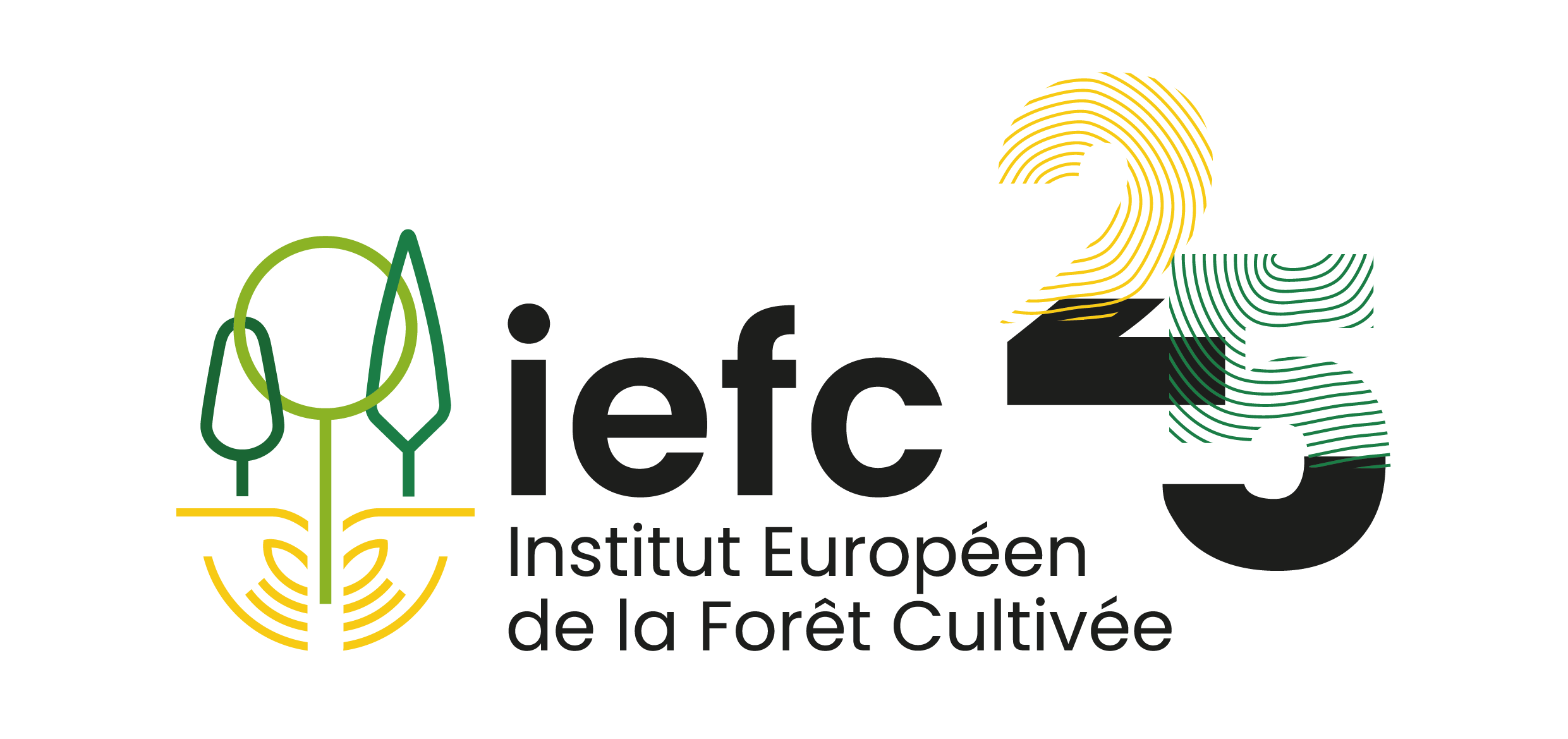
A workshop on innovative derivatives from bio-based resins took place on 13-14 April 2020 as part of the European INCREDIBLE project. This online event brought together two distinct worlds: that of oleoresin from resin tapping and that of Tall oil from the paper industry. The SustForest+ project, in close collaboration with the INCREDIBLE inter-regional innovation network on resin, has made it possible to develop resin tapping and transport processes, calculate the carbon footprint of this product, set up a European origin label, develop traceability and monitor global market trends.
On this last point, Armand Clopeau (IEFC) spoke at the conference in order to present the international resin tapping market and recent trends linked in part to the COVID-19 crisis. A note of conjecture on this market had already been published in a previous IEFC article. At the beginning of 2021, the price of gum, rosin and turpentine has risen sharply, due to increased demand in Asia, mainly in China. This development is favourable for the development of resin tapping in Southern Europe.
The gum market is linked to the Tall oil market, presented by Michel Baumassy (Forchem), as these two raw materials have a large number of common applications. However, the quantity of Tall Oil produced worldwide changes little from one year to the next because it is a by-product of paper manufacture. Increasing gum production is therefore the only real alternative to the use of petroleum-based resins.
There have been discussions about the development of new resin materials by the Polytechnic University of Valencia, Spain. In the future, rosin may be used to a greater extent in the production of composite materials and materials containing nanoparticles in the food industry. This research reflects the renewed interest in pine resin, driven by changing consumer sensibilities. These conditions, supported by favourable market trends, strengthen the prospects for the development of new bio-sourced products as alternatives to traditional petroleum-based products.
By Armand Clopeau (IEFC)
Photo by YS, Unsplash

